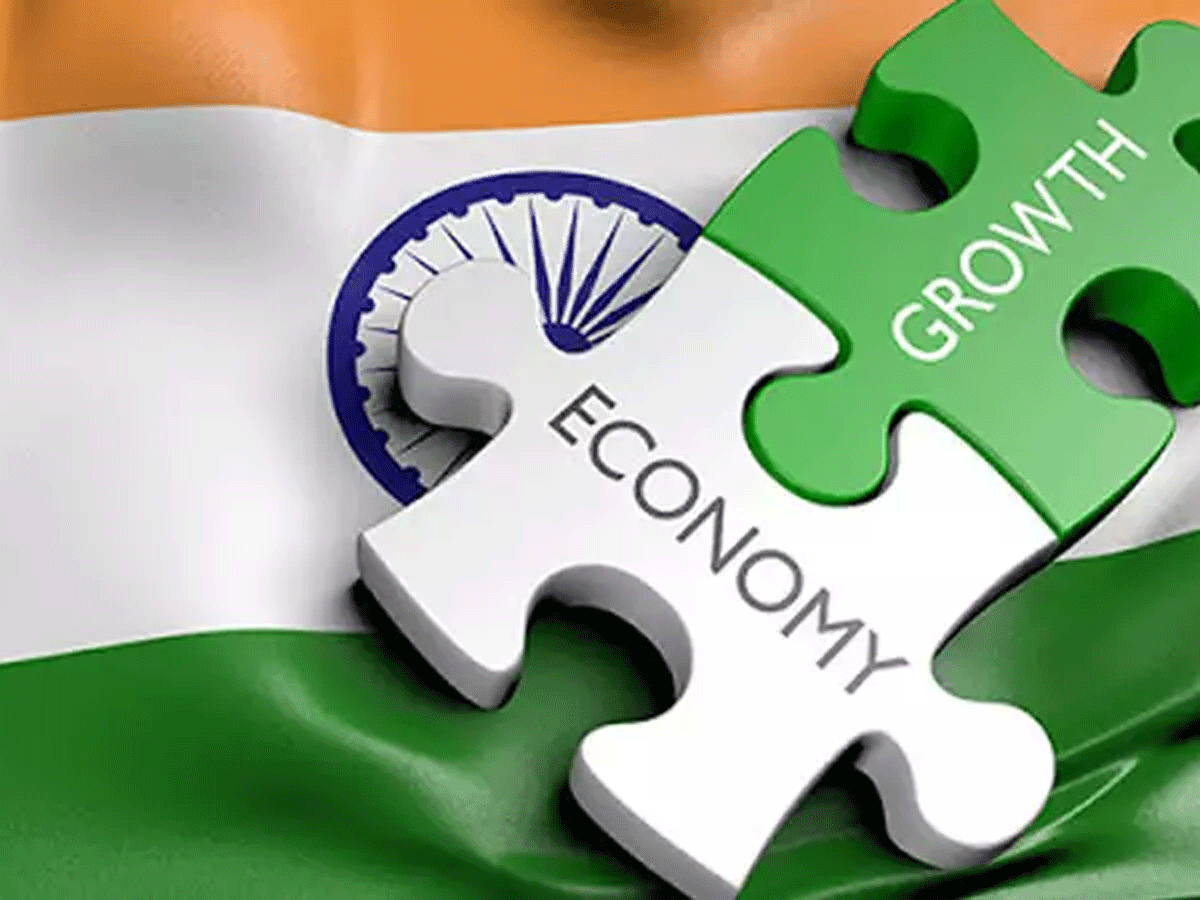
Worry about middle India
- February 23, 2022
- 0
There are important difficulties in middle India, as the widely used phrase “K-shaped recovery” suggests. The number of persons working has been broadly stable from 2015 onwards, while the number of persons of working age has grown steadily. A large swathe of households has lower income when compared with pre-pandemic conditions.
Middle India is the world of small businesses and people without formal sector jobs. It has experienced a succession of shocks, from demonetization to goods and services tax to the pandemic. By now, there is reduced financial depth, as consumption has been smoothed by selling assets and by borrowing. For many households, now there is a more precarious economic/financial environment. This will manifest itself in the tightening of belts.
If middle India is indeed facing these difficulties, there are two dimensions of concern which we need to think about for 2022. The first lies in the financial sector. A lot of households have borrowed in order to smooth consumption through the shocks of the recent years and had a more rosy picture of prospects’ for their personal economic recovery at the time that they borrowed. These households are facing tough loan recovery procedures, and have no recourse to individual insolvency mechanisms. These households may pull back on consumption the most, and they may default on their debt.
In the recent decade, we have had a large class of people in India who have sustained disengagement from the labour market, who live a life of “bread and circuses”. There have been concerns about the loss of morale, and vulnerability to political radicalization, of these individuals. This threat of political radicalization may be even greater with borrower households who are facing balance sheet stress.
The second dimension of concern lies in real sector investment. The firms that sell to middle India will worry about the prospects for demand growth in 2022 and 2023. Difficulties in their demand buoyancy, potentially accompanied by slight capacity expansion through the commissioning of investment projects which had been initiated before the pandemic, can generate pressure on margins. This prospect of reduced margins and weak demand growth can induce weaker investment by these firms, thus influencing the overall demand conditions in the economy.
मझोले भारत की करनी होगी चिंता
जैसा कि ‘के अक्षर’ की शक्ल के सुधार से संकेत मिलता है मझोला भारत कई कठिनाइयों से दो चार है। वर्ष 2015 के बाद से कामकाजी लोगों की तादाद कमोबेश स्थिर है जबकि कामकाजी उम्र के लोगों की तादाद बढ़ रही है। महामारी के पहले के स्तर से तुलना करें तो बड़ी तादाद में परिवारों की आय घटी है।
मझोले भारत में बड़ी तादाद में छोटे कारोबारी और ऐसे लोग शामिल हैं जो संगठित क्षेत्र से नहीं आते। इस क्षेत्र को लगातार झटके लगे हैं। नोटबंदी से लेकर वस्तु एवं सेवा कर तथा महामारी तक। उसकी वित्तीय गहराई में कमी आई है क्योंकि परिसंपत्तियों के बिकने और ऋण की वजह से खपत में कमी आई है। कई परिवारों के लिए आर्थिक/वित्तीय हालात संकटपूर्ण हुए हैं। वृहद अर्थव्यवस्था में चीजें आपस में जुड़ी रहती हैं। कई बड़ी सूचीबद्ध कंपनियों की तकदीर आशावाद तथा मध्यवर्गीय भारत के लाखों परिवारों के व्यय पर निर्भर करता है। हमने नोटबंदी के समय ऐसा देखा। सबसे पहले संगठित क्षेत्र फला-फूला क्योंकि बड़ी कंपनियों को छोटे और मझोले उपक्रमों की कीमत पर बाजार हिस्सेदारी और क्रय शक्ति मिली। परंतु कुछ समय के बाद मध्य वर्ग की दिक्कतें वापस आ गईं और बड़ी कंपनियों की वृद्धि और मुनाफा दोनों प्रभावित हुए।
यदि मझोला भारत यकीनन इन कठिनाइयों से जूझ रहा है। परंतु 2022 को लेकर दो पहलुओं पर गौर करना जरूरी है। पहला, वित्तीय क्षेत्र। हाल के वर्षों में ढेर सारे परिवारों ने अपनी खपत के लिए कर्ज लिया है। जिस समय उन्होंने ऋण लिया उनके सामने आर्थिक सुधार की संभावना की ज्यादा खुशनुमा तस्वीरें थीं। इन परिवारों को ऋण वसूली की कठोर प्रक्रियाओं से गुजरना पड़ रहा है और उनके लिए व्यक्तिगत ऋणशोधन की कोई व्यवस्था नहीं है। ये परिवार अपना कर्ज चुकाने में चूक भी सकते हैं।
हालिया दशक में हमने देखा कि देश में बड़ी तादाद में ऐसे लोग हैं जो श्रम बाजार से दूर हैं। वे एक किस्म के तुष्टीकरण के सहारे जी रहे हैं। ऐसे में इन व्यक्तियों में नैतिकता के ह्रास और राजनीतिक कट्टरता बढने की चिंता भी है। राजनीतिक कट्टरता का यह खतरा उन कर्जदार परिवारों के साथ अधिक है जो बैलेंस शीट के संकट से गुजर रहे हैं।
चिंता का दूसरा पहलू है अचल वास्तविक क्षेत्र के निवेश में। जो कंपनियां मझोले भारत को बिक्री करती हैं वे 2022 और 2023 में मांग वृद्धि को लेकर चिंतित होंगी। उनकी मांग में कमी आएगी जबकि महामारी के पहले शुरू हो चुकी निवेश परियोजनाओं के शुरू होने के कारण उनकी क्षमता में कुछ सुधार हो सकता है। इससे मार्जिन पर दबाव बनेगा। मार्जिन में कमी की यह संभावना और कमजोर मांग वृद्धि के कारण इन कंपनियों का निवेश कम हो सकता है। इसका असर अर्थव्यवस्था में मांग की समग्र स्थिति पर पड़ सकता है।
































































